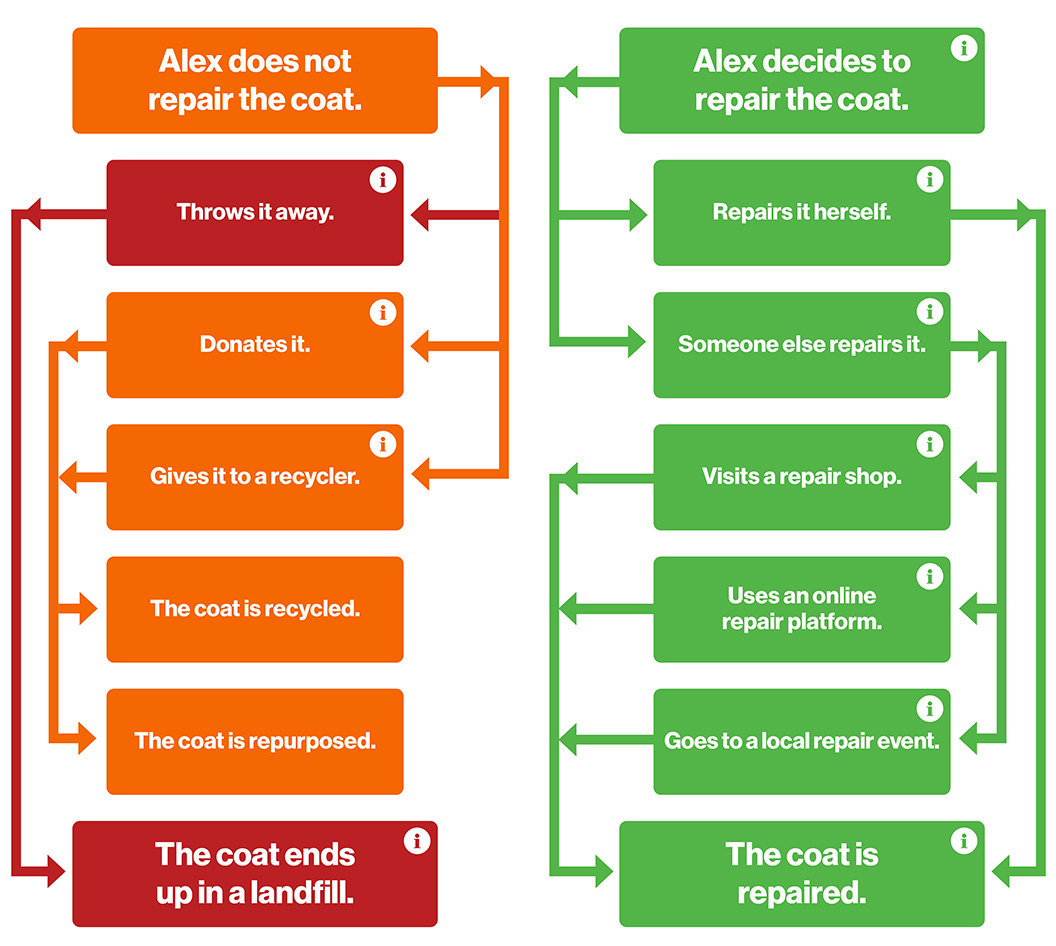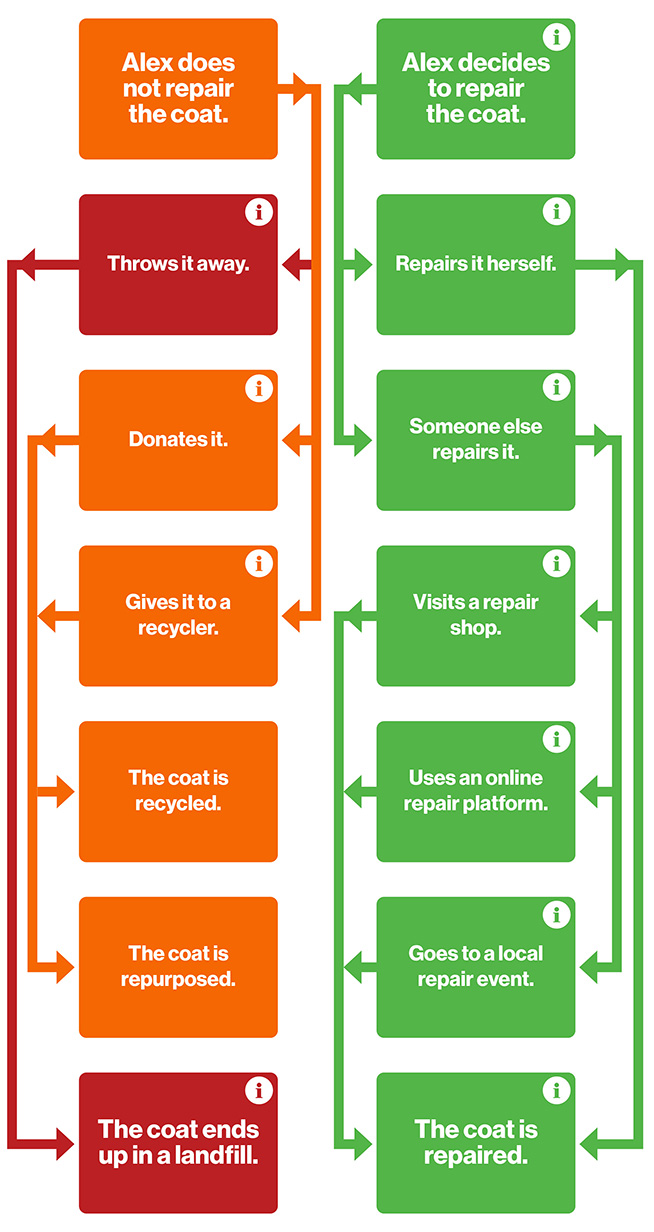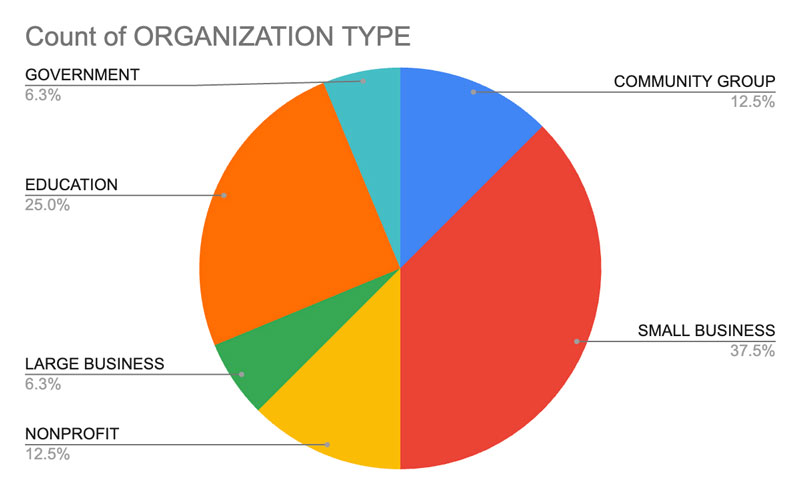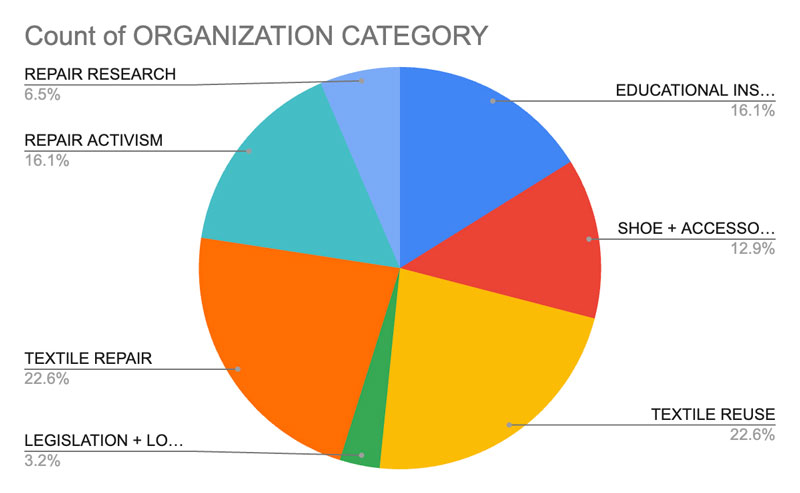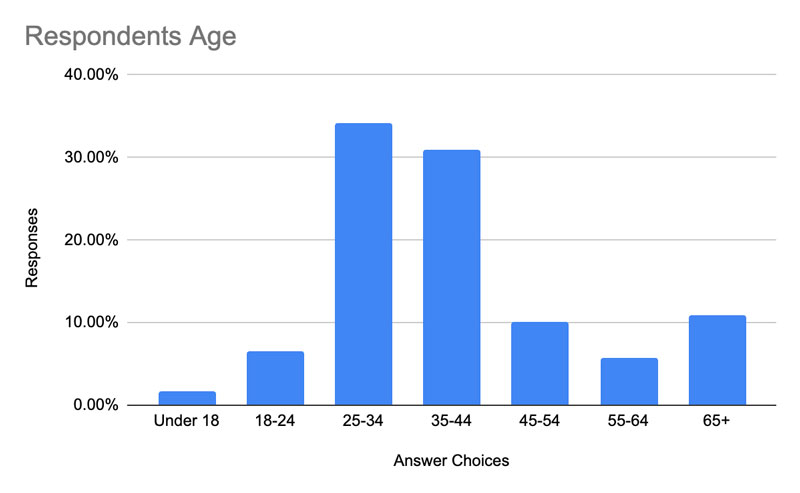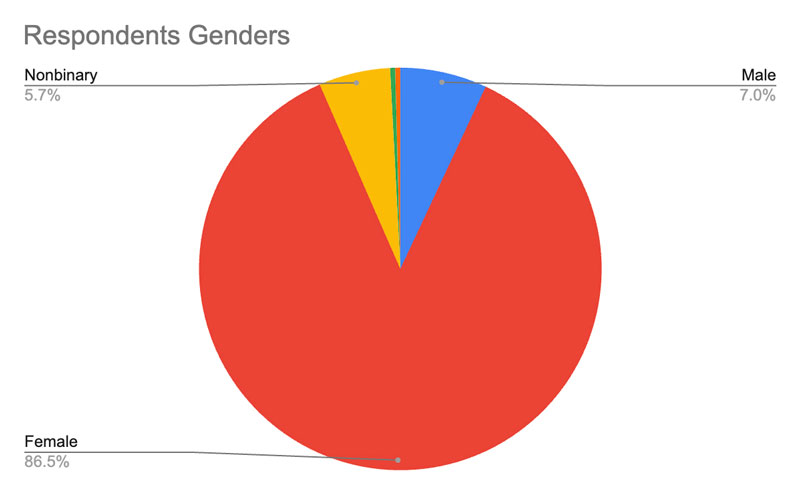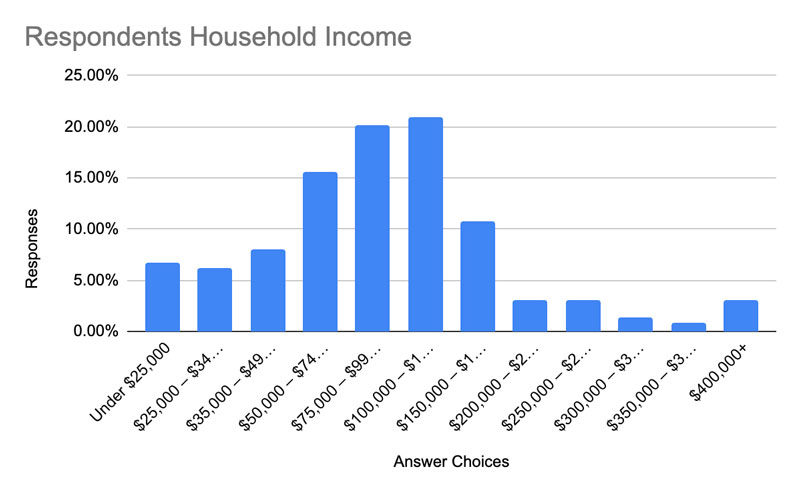New York City Textile Repair Map
NYSP2I partnered with Hyloh to learn more about how New York City residents might—or might not—go about repairing a piece of clothing or an accessory. The results from the study were used to create a map for visualizing possible journeys a person with a broken item might take.
The zipper on Alex’s coat is broken.
Will Alex fix her coat or will it end up in a landfill?
See what happens when Alex, who lives in New York City, makes different decisions about the broken zipper on her coat.The visualization map below includes insights discovered during a 2023 research study conducted by NYSP2I and Hyloh. The study aimed to better understand the barriers to textile repair facing New York City residents in order to expand access to repair services and knowledge.
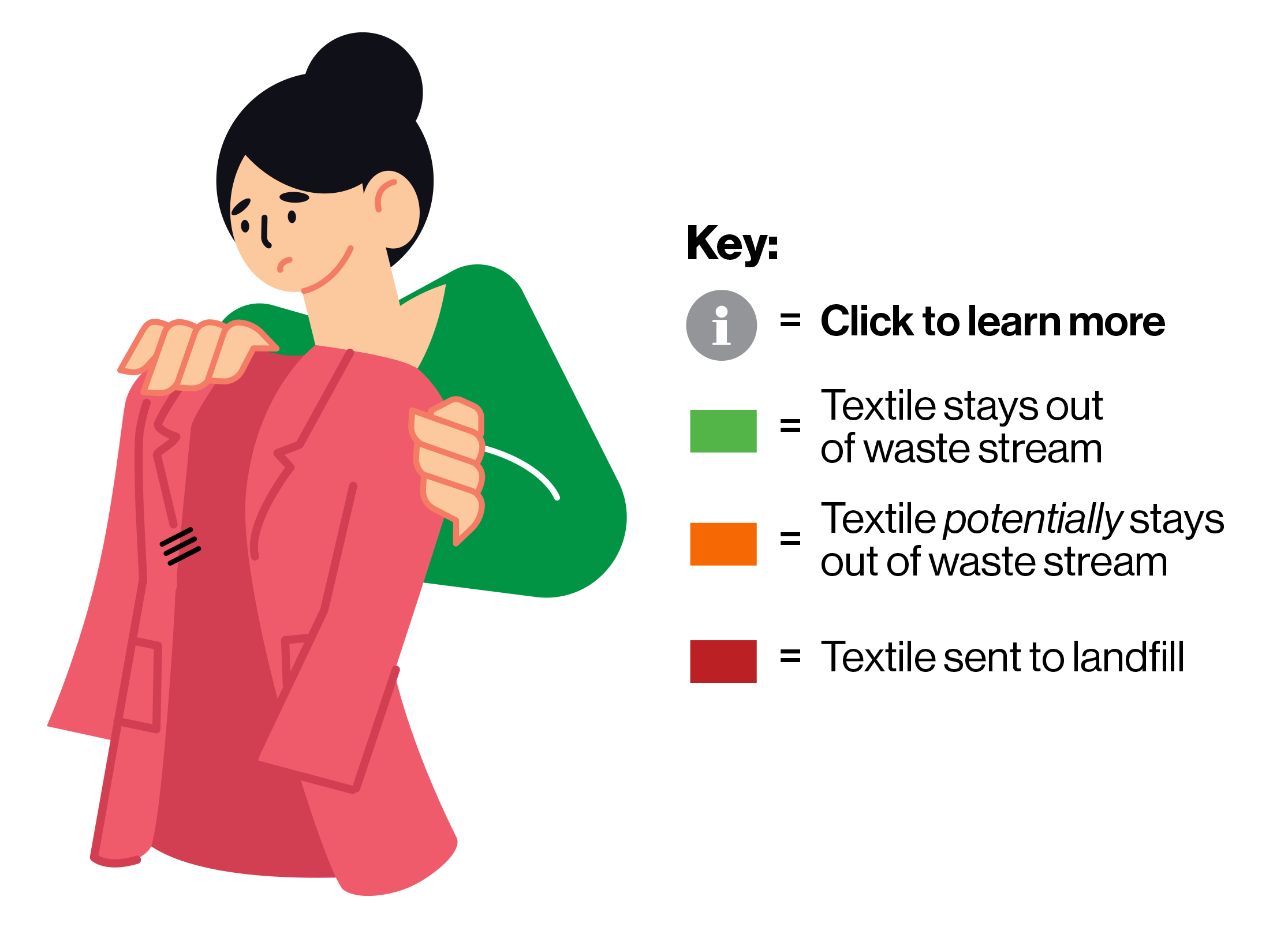
About the Study
In this research study, the New York State Pollution Prevention Institute (NYSP2I) and Hyloh partnered to create a detailed and digestible systems map of how textile repair exists in New York City. This map serves as a valuable resource, highlighting existing repair routes that residents of New York City take when handling their broken and damaged garments and accessories. By analyzing data collected from key industry stakeholders and residents of New York City, the project identified voids in the current textile-repair landscape and opportunities for expansion and improvement. This systems map is intended as a comprehensive resource for residents and textile-repairers in New York City so they can understand the complexity of the issue and make informed decisions to help counter textile waste.
Watch the webinar! Finding a Common Thread: Visualizing Textile Repair in NYC
The New York State Pollution Prevention Institute partnered with Hyloh in a research study to learn more about how New York City residents might—or might not—go about repairing a piece of clothing or an accessory. The results from the study were used to create a visual of the journey a person with a broken item might take. By analyzing data collected from key industry stakeholders and residents of New York City, the project identified voids in the current textile-repair landscape and opportunities for expansion and improvement.
Learn more about our project partner, Hyloh
© 2024 Rochester Institute of Technology. Funding provided by the Environmental Protection Fund as administered by the New York State Department of Environmental Conservation. Any opinions, findings, and/or interpretations of data contained herein are the responsibility of Rochester Institute of Technology and its New York State Pollution Prevention Institute and do not necessarily represent the opinions, interpretations or policy of the State.



